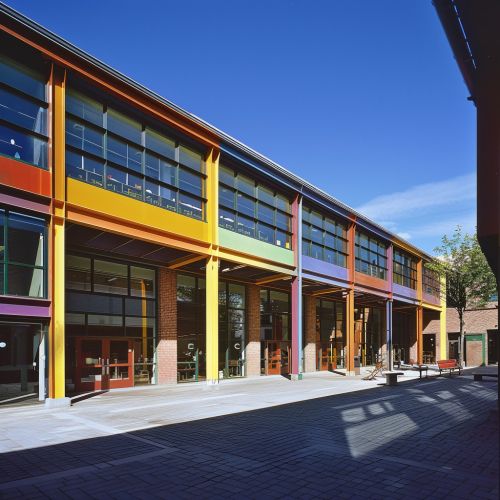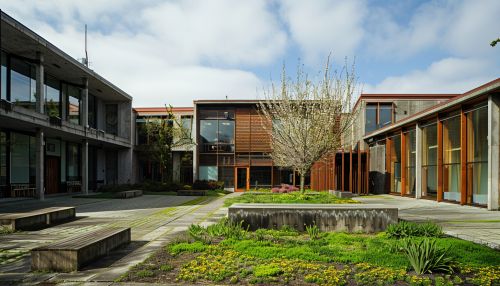Merce Cunningham
Early Life
Merce Cunningham was born on April 16, 1919, in Centralia, Washington. His father was a lawyer, and his mother was a housewife. He was the second of three sons. Cunningham took his first dance classes in Centralia, studying tap and ballroom dance with a local teacher, Mrs. Maude Barrett.
Education
Cunningham attended the Cornish School in Seattle, where he first encountered the work of Martha Graham. He moved to New York in 1939 to study at the Martha Graham School, where he danced as a soloist in the company for six years.


Career
In 1944, Cunningham formed a dance company with composer John Cage, who was also his life partner. The two began to explore the idea of indeterminacy in art, using chance procedures to determine the sequence of movements or sounds. This approach was revolutionary at the time and has had a profound influence on contemporary dance and music.
In 1953, Cunningham formed the Merce Cunningham Dance Company and began to develop his own technique, which emphasized a new kind of physicality and movement vocabulary. He often collaborated with visual artists and designers, such as Robert Rauschenberg and Jasper Johns, and his works often featured innovative uses of technology, such as motion capture and computer-generated choreography.
Cunningham continued to choreograph and perform into his 80s, and his company remained at the forefront of contemporary dance until his death in 2009. His last work, "Nearly Ninety," was performed at the Brooklyn Academy of Music on his 90th birthday.
Legacy
Cunningham's work has had a profound influence on the development of contemporary dance. His emphasis on chance and indeterminacy, his development of a new movement vocabulary, and his innovative use of technology have all contributed to the evolution of the art form. Many contemporary choreographers, including Trisha Brown, Bill T. Jones, and William Forsythe, have cited Cunningham as a major influence.
